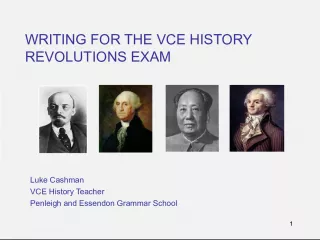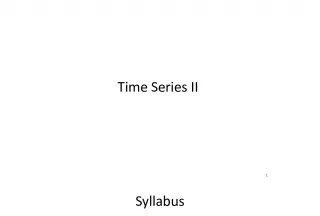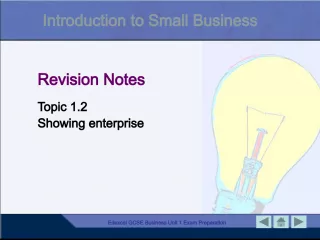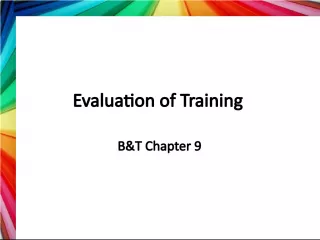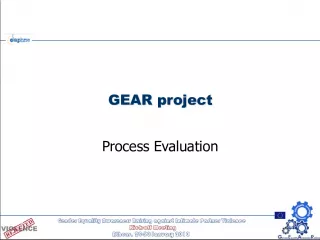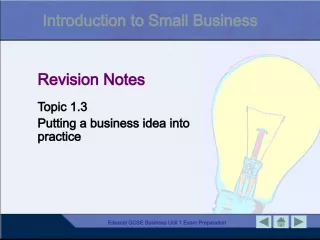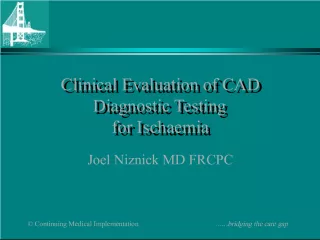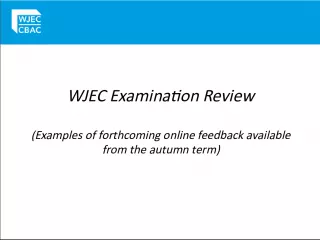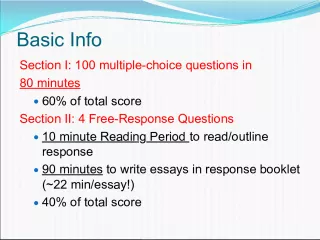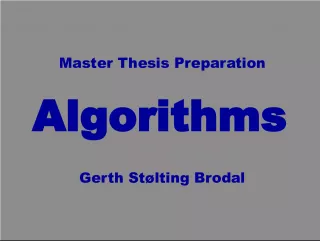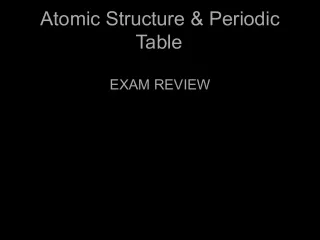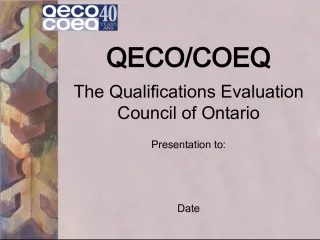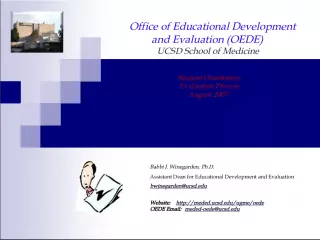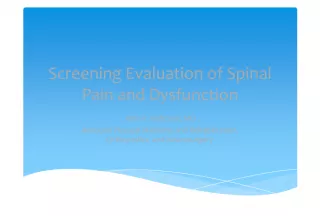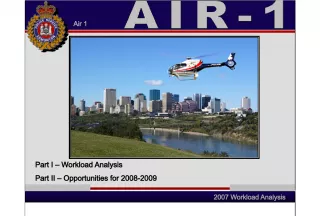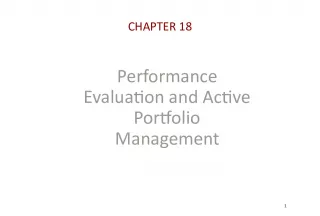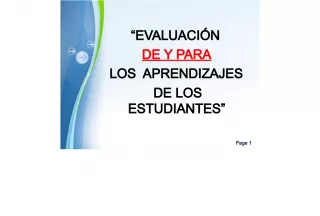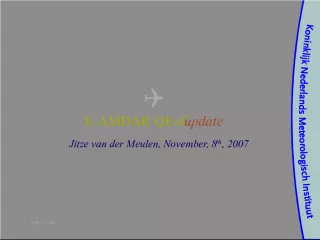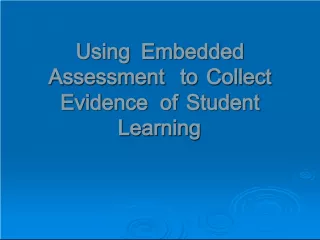Preparation and Evaluation for ARB RIBA Part 3 Exam
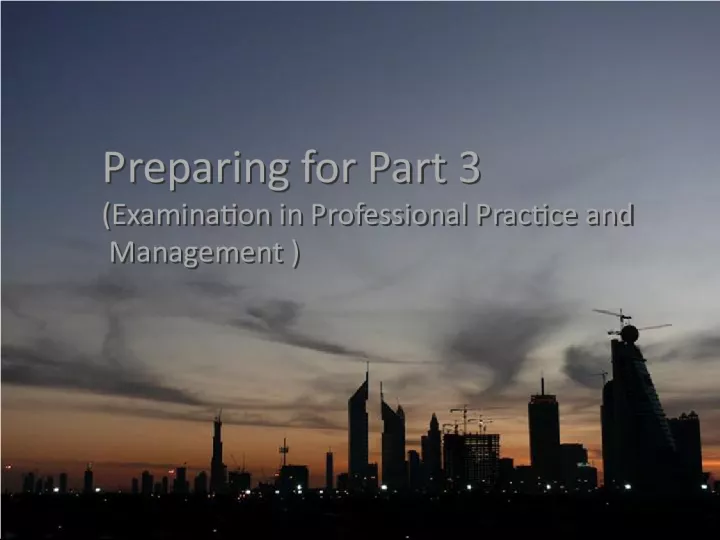

This article discusses the importance of preparing for and passing the ARB RIBA Part 3 exam and the evaluation of professional experience required for registration. It also highlights the current cost to register with ARB.
- Uploaded on | 0 Views
-
 markins
markins
About Preparation and Evaluation for ARB RIBA Part 3 Exam
PowerPoint presentation about 'Preparation and Evaluation for ARB RIBA Part 3 Exam'. This presentation describes the topic on This article discusses the importance of preparing for and passing the ARB RIBA Part 3 exam and the evaluation of professional experience required for registration. It also highlights the current cost to register with ARB.. The key topics included in this slideshow are ARB RIBA Part 3, professional practice, professional management, evaluation of experience, registration cost,. Download this presentation absolutely free.
Presentation Transcript
1. Preparing for Part 3 (Examination in Professional Practice and Management ) Preparing for Part 3 (Examination in Professional Practice and Management )
2. On passing Part 3 you can apply to ARB to join the register and practise using the title Architect Current cost to register 80.00
3. EVALUATION OF EXPERIENCE Candidates must submit two copies of a written Evaluation of Experience offering an assessment of all periods of professional experience. This Evaluation should be written in terms of the four headings in the ARB/RIBA Part 3 criteria and should be no more than 2000 words in length. The Evaluation should be prefaced by a brief Professional CV (one A4 side). It must be emphasised that this submission should focus on an evaluation of all your professional experience to date and should not simply be an extended CV. Extract from the APEAS Candidates Guide
4. The four key headings against which you have to map your experience. THE CONTEXT FOR PRACTICE THE MANAGEMENT OF ARCHITECTURE THE MANAGEMENT OF CONSTRUCTION PRACTICE MANAGEMENT AND BUSINESS ADMINISTRATION
5. At Part 3 students will demonstrate within an academic portfolio: THE CONTEXT FOR PRACTICE Knowledge of: The size and relative importance of the construction industry to other sectors of the national and international economy and the role of the profession relative to the industry The overlapping interests of organisations representing the built environment and their relation to the role of the architect The range of ongoing specialist panels of advisory, consultative or government bodies which have the responsibility for developing policies which guide or control construction industry practices Understanding of: The social and economic context for investment in the built environment Ability to: Apply principles underlying the law relevant to architectural practice and building procurement Act in accordance with the requirements of professional conduct and the concept of professionalism Follow Codes and Standards regulating the profession of architecture Demonstrate that health and safety matters are integral to every stage of the design process and execution for those aspects of design for which the architect is responsible
6. THE MANAGEMENT OF ARCHITECTURE Awareness of: Technical standards and sources of specialist information Knowledge of: Legislation on health and safety and its application to design and construction Understanding of: Appropriate fees, negotiation and fee bidding techniques, bearing in mind the funding and procurement basis for the project, and with reference to other factors listed below Integrated project process and project team partnering Relevant statutory bodies, construction and development legislation and consultative bodies, and their potential effect on programme, cost and quality of design Methods and standards intended to ensure and manage quality standards Ability to: Prepare, in consultation with the client, an acceptable brief and budget, including consultation with others as appropriate. Thereafter, to effectively communicate with the client at every stage of the project Assess the variety and appropriateness of project procurement methods and their implications in relation to client requirements and the architectural and professional input required
7. THE MANAGEMENT OF ARCHITECTURE ( Continued ) Assess the architectural services required to deliver a project effectively and the establishment of appropriate scope of works for all members of the project team; to co-ordinate and integrate the work of other consultants and an awareness of the terms of their appointments Programme and manage the flow of information among the members of the design team Communicate effectively with each part of the client body and construction team Operate quality assurance procedures which ensure the maintenance of design standards and intentions in relation to budgetary and programme control Analyse the appropriateness and completeness for its purpose of forms of documentation including written and graphic communication
8. THE MANAGEMENT OF CONSTRUCTION Knowledge of: Site organisation, mobilisation and the establishment of appropriate lines of communication in relation to the specific responsibilities of the building team Methods of dispute resolution, conciliation, adjudication, arbitration, and litigation Understanding of: Project planning, documentation and execution The range of methods of building procurement, tender types and codes of practice for procedure, and an ability to identify an appropriate contract strategy and to create pre-contract information Value engineering, integrated supply chain management and the principles of lean construction The implications of, and ability to apply, collateral agreements such as the nomination of subcontractors and the position of domestic sub contractors,suppliers, manufacturers and statutory undertakings in relation to standard forms of contract Risk management in relation to construction and consultants contracts, liabilities, indemnities and insurance and awareness of mechanisms such as insurance to deal with liabilities The value of post-completion assessment and appraisal and methods of debriefing The maintenance of adequate financial control for cost planning of projects
9. THE MANAGEMENT OF CONSTRUCTION ( Continued ) Ability to: Analyse contract types in terms of their implications for time, cost, quality, information flow and the procedures related to each Assess and organise a quality control and programming system in relation to the architects role in administering the building process Prepare architects instructions and certificates appropriately for standard forms of contract, and to implement the procedures for the assessment and valuation of claims Create maintenance manuals and post-completion information for clients and building users
10. PRACTICE MANAGEMENT AND BUSINESS ADMINISTRATION Awareness of: The need and techniques for the protection of intellectual property and copyright The various techniques for the marketing of professional services and how architects commissions are obtained National and international trends for the distribution and commissioning of architectural projects Knowledge of: The requirements for taxation, health and safety, employment contracts, civil liability, and equal opportunities legislation etc. on different business structures, including working from home Understanding of: The resources (technical, IT, financial, personnel, etc) necessary in order to offer professional services for a particular project Different forms of architectural practice, for example, sole trader, partnership, company, consortium or joint venture, and their respective legal implications The internal structures and organisations appropriate to different forms of architectural and multidisciplinary practice The skills required for the management of people within an organisation and a basic appreciation of motivation, group dynamics, staff appraisal and reward structures The techniques and context required to create an effective and efficient ongoing environment for practice The financial management of an architectural practice Effective September 2003
11. THIS IS AN EXERCISE USING ARBs PART 3 CRITERIA METHOD Stage 1 Each group are to review the criteria and agree the areas where you are CONFIDENT you have had good recorded experience. Mark up your A4 sheet then one of the group will come down and place the yellow map pins against the the relevant criteria. 5 mins METHOD Stage 2 Each group are to review the criteria and agree the areas where you are LESS confident you have had good recorded experience. Mark up your A4 sheet then one of the group will come down and place the red map pins against the the relevant criteria. 5 mins The distribution of the map pins should give you some guidance as to where you have good coverage and where you need to gain additional experience to cover all the criteria. PS - You might be interested to know that the Criteria have been re written, but they wont apply to this years exam !
12. This years APEAS / RIAS Award Ceremony We want you to be there in May 2012
13. Some of the happy, successful candidates, who attended the Update Course in 2010. We want you to join them on the Register in 2012
14. Recommended Reading APEAS Guide & Website Part 3 Handbook, RIBA Architect in Practice, Chappell & Willis Architects Handbook of Practice Management Architects Job Book, RIBA The Architects Plan of Work, RIBA The Architects Guide to Running a Job, Green Architects Legal Handbook, Speaight & Stone Legal & Contractual Procedures for Architects, Greenstreet & Chappell & Dunn Construction Contracts Q&A, Chappell CDM Regs 2007- Guide for designers The Green Guide to Specification, Anderson & Shiers Architects Conditions of Appointment ARB Code of Practice Individual Guides on the different contracts
